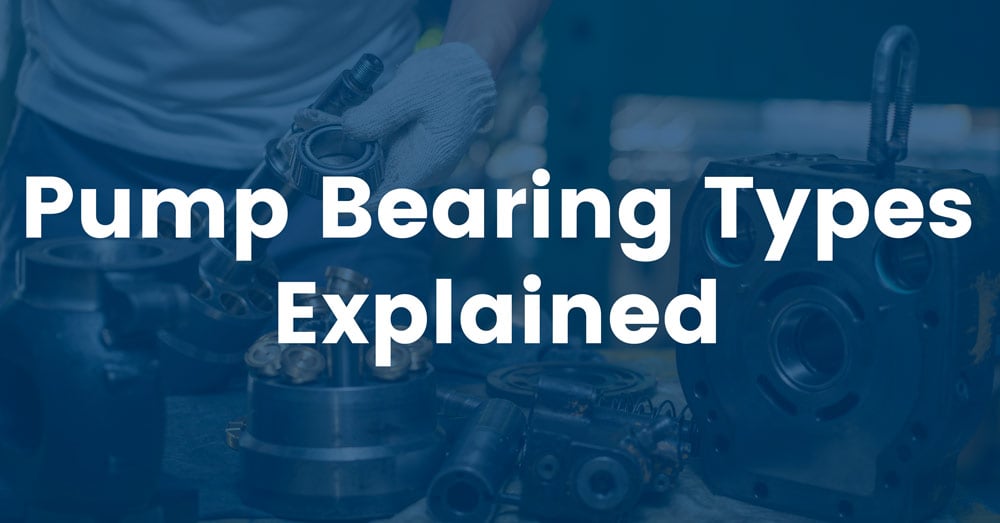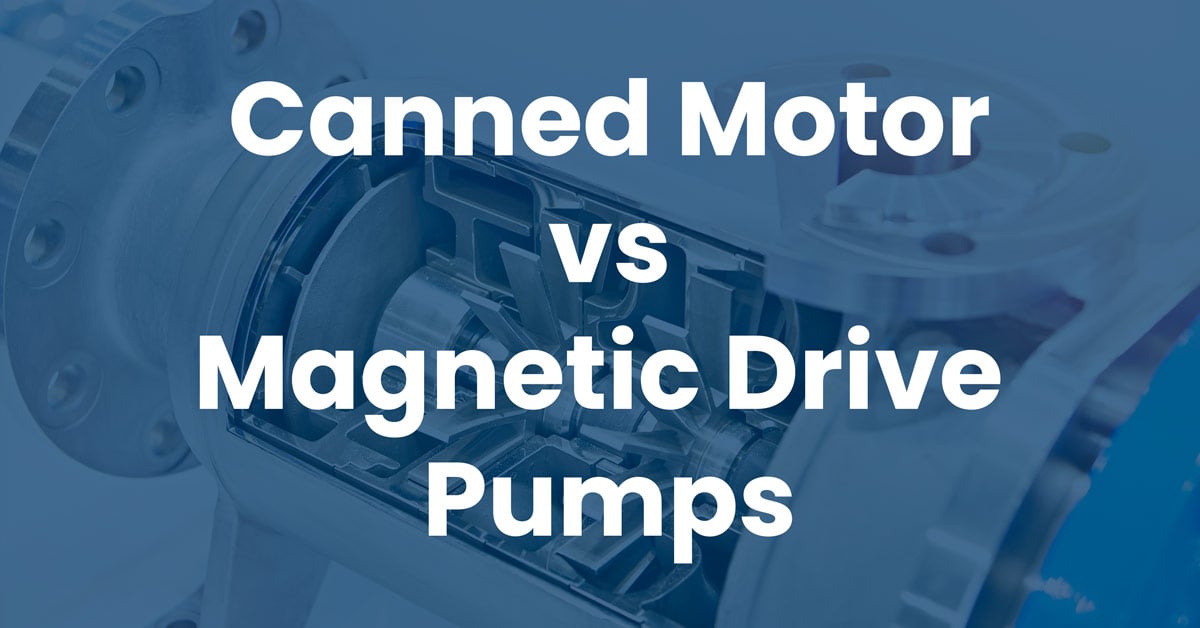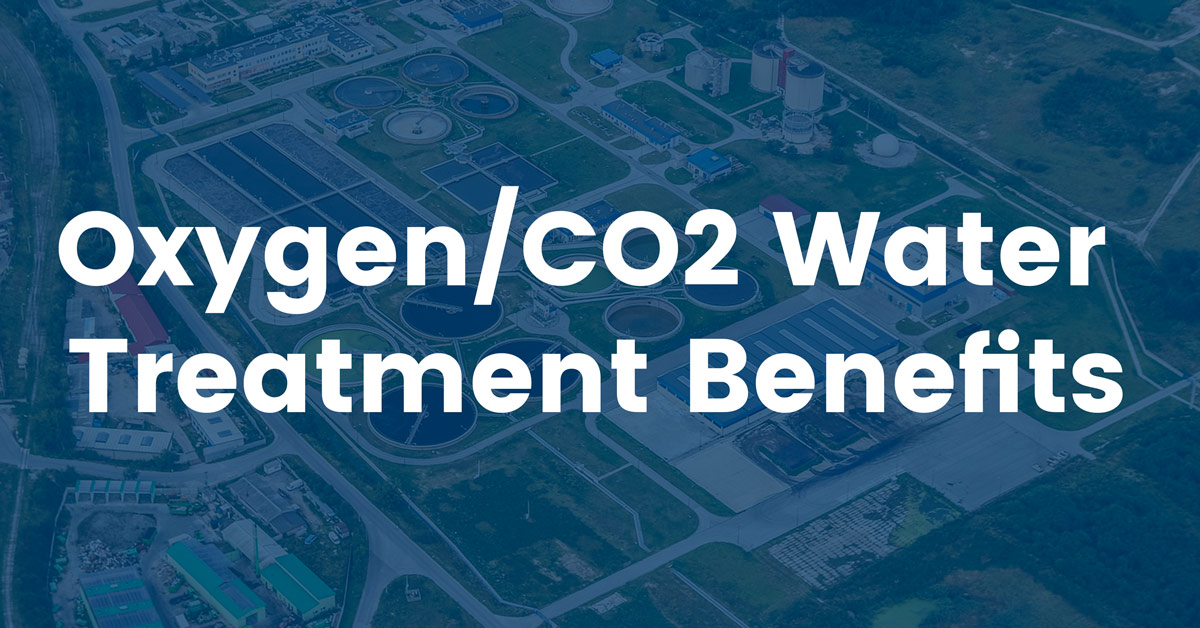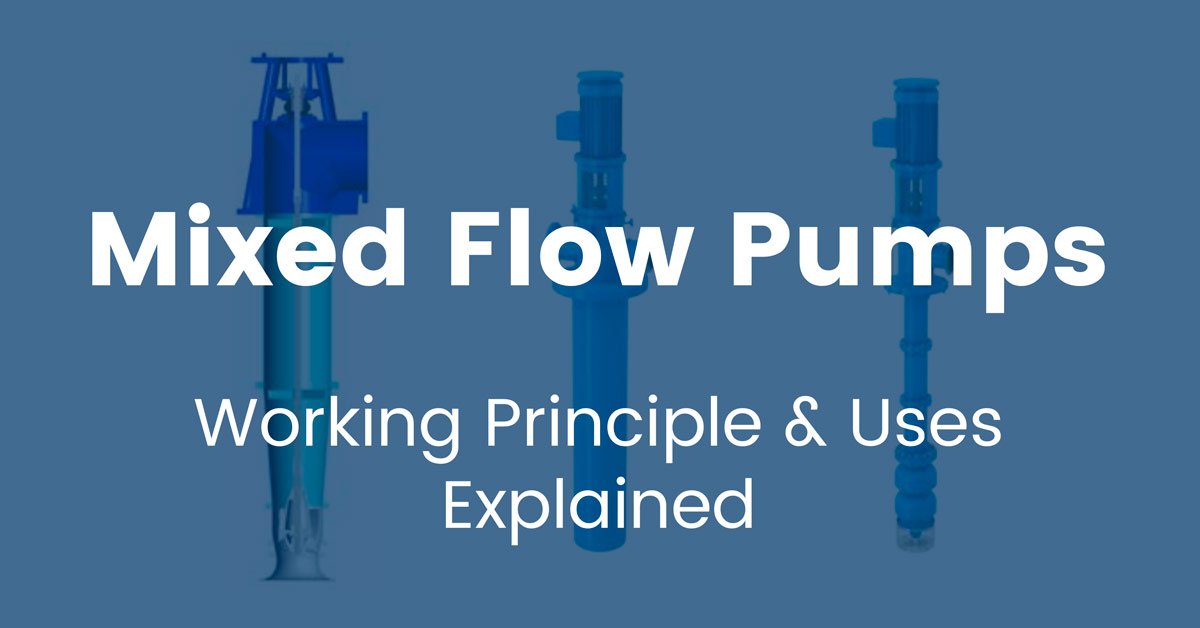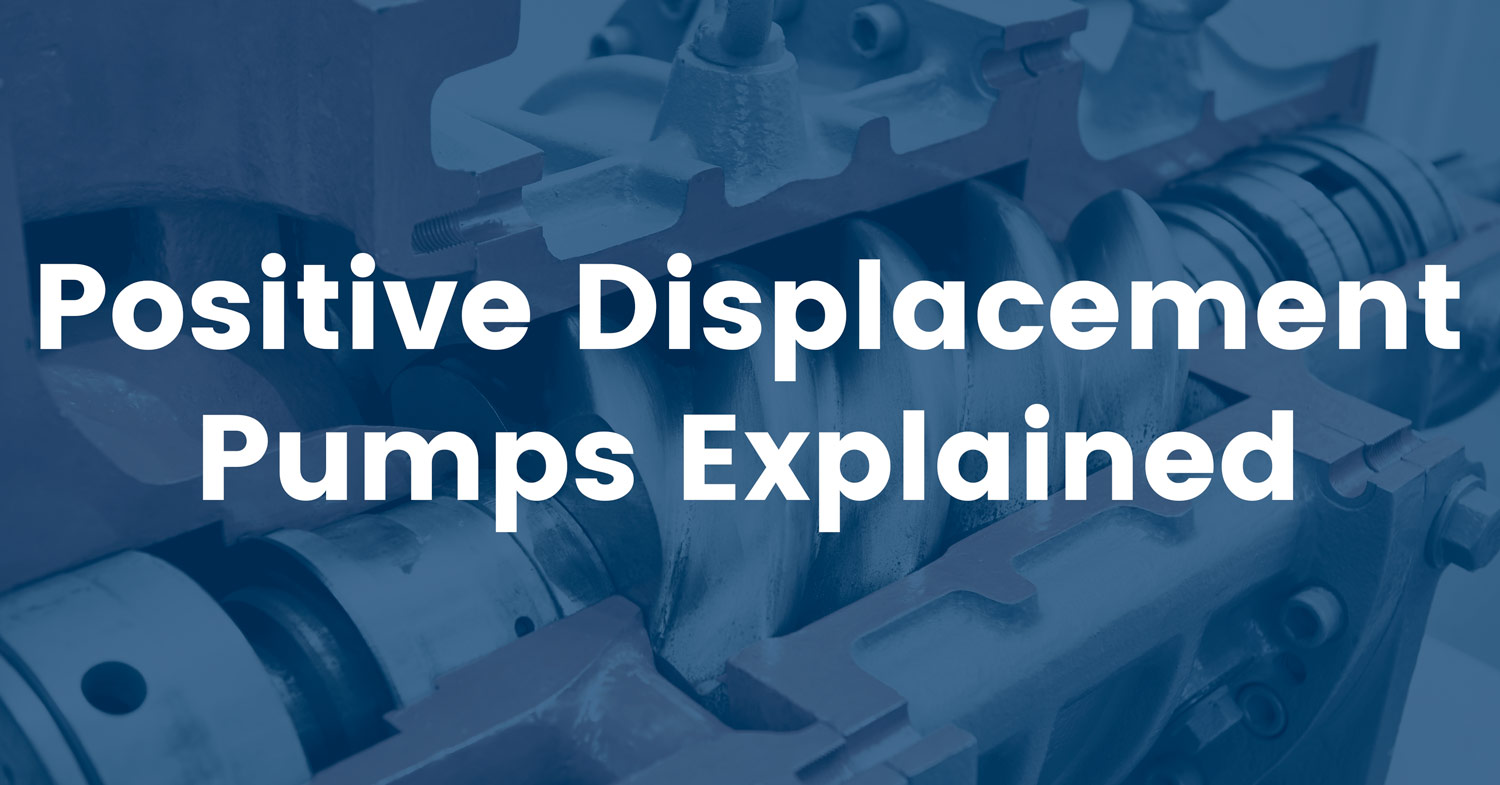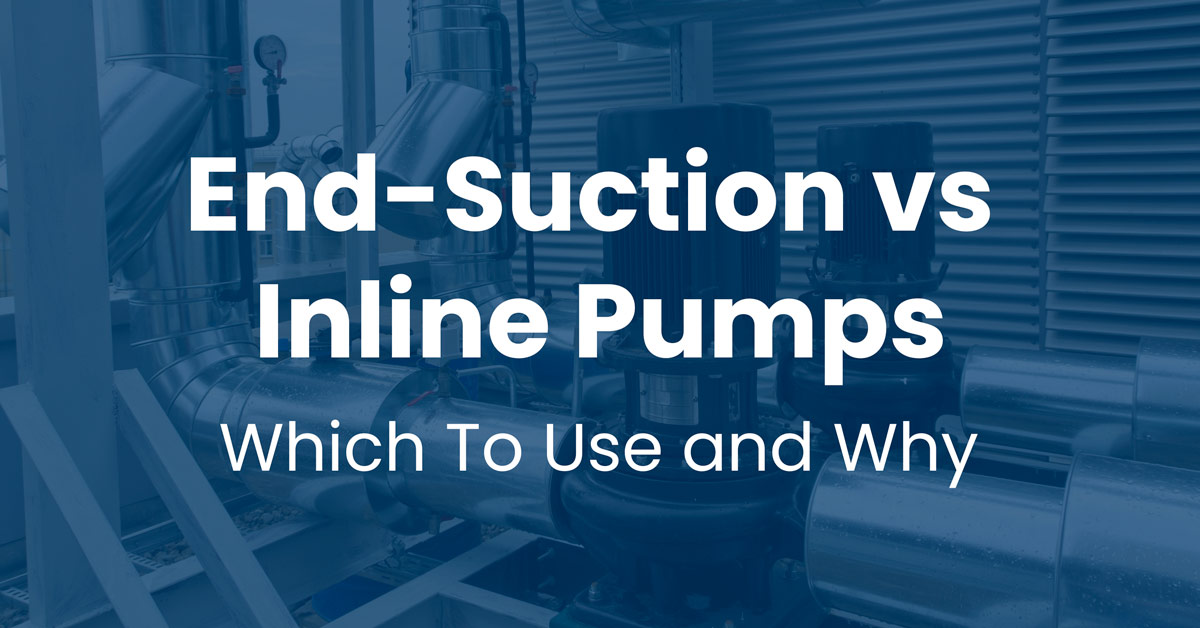Pump Bearing Types Explained
Pump bearings are components that enable rotation within pumps under load. Therefore, a good bearing is essential for the pump to function correctly. However, 'pump bearing' is a broad term, encompassing different types of bearings that we use today. In addition, pump bearings are also classified based on the kind of load they can support.




